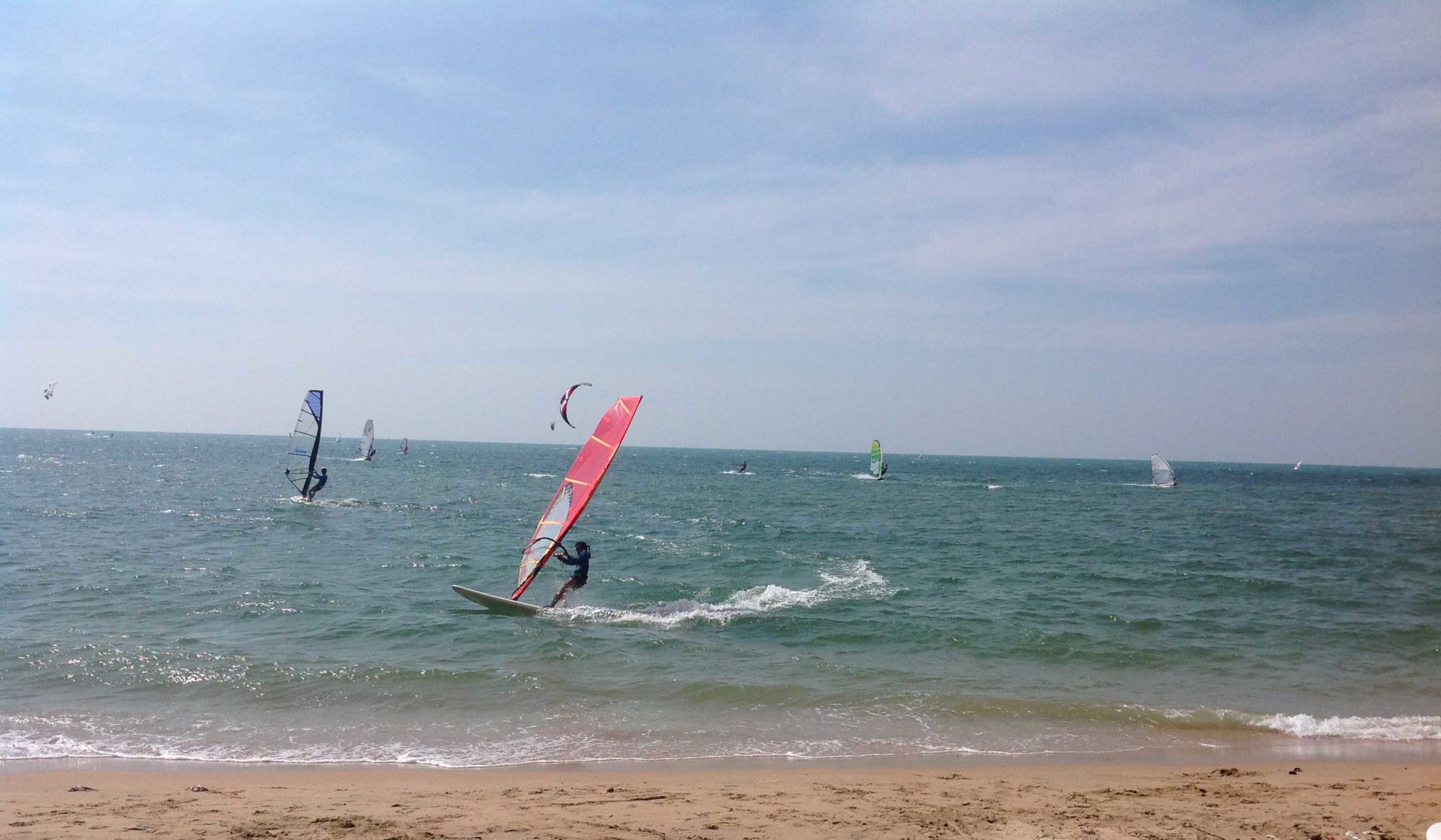How long should your paddle be?
With the advent of finer tolerances between inner and outer tubes in adjustable paddles, better locking clamps and key-ways to keep the T-piece perfectly aligned with the blade, adjustable paddles are an excellent choice. They are easier to sell also than a fixed length paddle, as they can be used by more potential buyers.
However, a fixed shaft will always be reletively cheaper, lighter and you can select the shaft stiffness and cross-sectional shape – i.e. elliptical shaft. Which raises the question, how long should my paddle shaft be and how do I know for sure before I cut that expensive carbon tubing?
As in many sports it is the racing scene that drives development, not only in equipment but in skill and technique also. Much of that evolution is relevant and finds its way into more general purpose products and uses.
Carbon Boards, High Aspect Blades, touring board shapes and most relevant here – the short, fast and powerful racing paddle technique all come from Paddle-board racing.
Paddle Technique
What I call Race Technique is still evolving, and I continue to learn by watching, and speaking with professionals. Every so often I help out with some product testing also, where i get to see the direction of new prototyping.
The trend has gone from large surface area rounded blades with lots of scoop, towards longer, more slender blades that are more rectangular, flatter and smaller.
The trend has also taken us to much shorter strokes more rapid, (higher cadence) strokes that start as far out in front as you can reach, and end with the blade slipping sideways out of the water just before it comes level with your toes. The arms are locked, the elbows do not bend, forcing your stomach to “crunch” out the stroke. Most importantly, your elbows do not bend on the return stroke either, forcing you to swing the blade out to the side and back to the front, tracing a letter D shape.
The longer the Paddle, the further you will have to swing it out to the side to keep the blade clear of the water in the reload. This takes time, and it wastes energy, Since the power is coming from crunching your rectus abdominis muscles, (6 pack) you are leaning forward driving the paddle quite deep, so a longer shaft is also not necessary.
Modern boards are generally thinner, especially in the standing area, this can amount to standing several inches closer to or above the waters surface.
The stroke I describe is more of training drill, than a hard and fast rule, for instance, over longer distances, paddle-board riders will often vary their style greatly to recruit different muscle fibers, allowing some recovery with-out needing to stop. Once you can paddle like this with-out bending your elbows, or passing your toes, you can relax on the rules of the drill and match your breathing to the flow of your movements and any swell, wake or wind chop that is present.
Conclusion
Your paddling speed and style and the thickness of your board will definitely have a big impact on the length of your paddle. Presently I use the following guide as a starting point:
With your shoulders level, and the blade on the ground centered between my feet, I can comfortably reach over the T-piece with one hand, while my elbow is still slightly bent.
If you are a hard core sprinter, you may want to go shorter than this, and if you are a cruiser who likes to use big long strokes that end when the blade slips free of the water behind you, then you will probably prefer a longer paddle, (where your hand just reaches over the T-piece with a straight arm).
Slower Cadence – Larger Blade, longer shaft
Faster Cadence – Smaller Blade, shorter shaft
Both techniques can work well over distance, but the Faster Cadence is definitely better for racing or catching a ride from fast moving water.
Of course if you bend forward more, you must also straighten up again, though it is not done under load like the “crunch” it is still done mainly by contracting your lower back muscles – which is worth considering for many of us. Which is why some of the older salty sea dogs prefer a longer paddle.
It is not a bad idea to test an adjustable paddle at different lengths, try some different paddle-stroke techniques, maybe get some coaching. When you settle on a length that you like, then use that as a guide for cutting your next shaft.

A lot of people will share that choice Kirk.
Once I paddled up-stream through a ravine into a really strong headwind, each time my blade left the water, I lost ground, I still managed to clear the ravine that led me into a peaceful fishing village.
I had to move right fwd. on the board and use super short, rapid strokes with locked arms and rhythmic breathing. I don’t normally need to paddle with that intensity or concentration, even in training but it is good to keep it in my toolbox of techniques. If my paddle was too long, I could have just moved my hands down the shaft, the right blade size would have been more critical.
An informative and useful post.
I’m thinking about moving up from a 3 piece travel paddle to a fixed length paddle so this information is really helpful.
Thank you & keep them coming!
When trying to make progress, there is an initial high energy investment needed to overcome inertia. The trick is to sustainably maintain the momentum produced, how best to do that is unique to the individual and the circumstances. We never stop learning about the strategies, costs and benefits available, for myself, that is part of the fascination of ocean motion =8-)